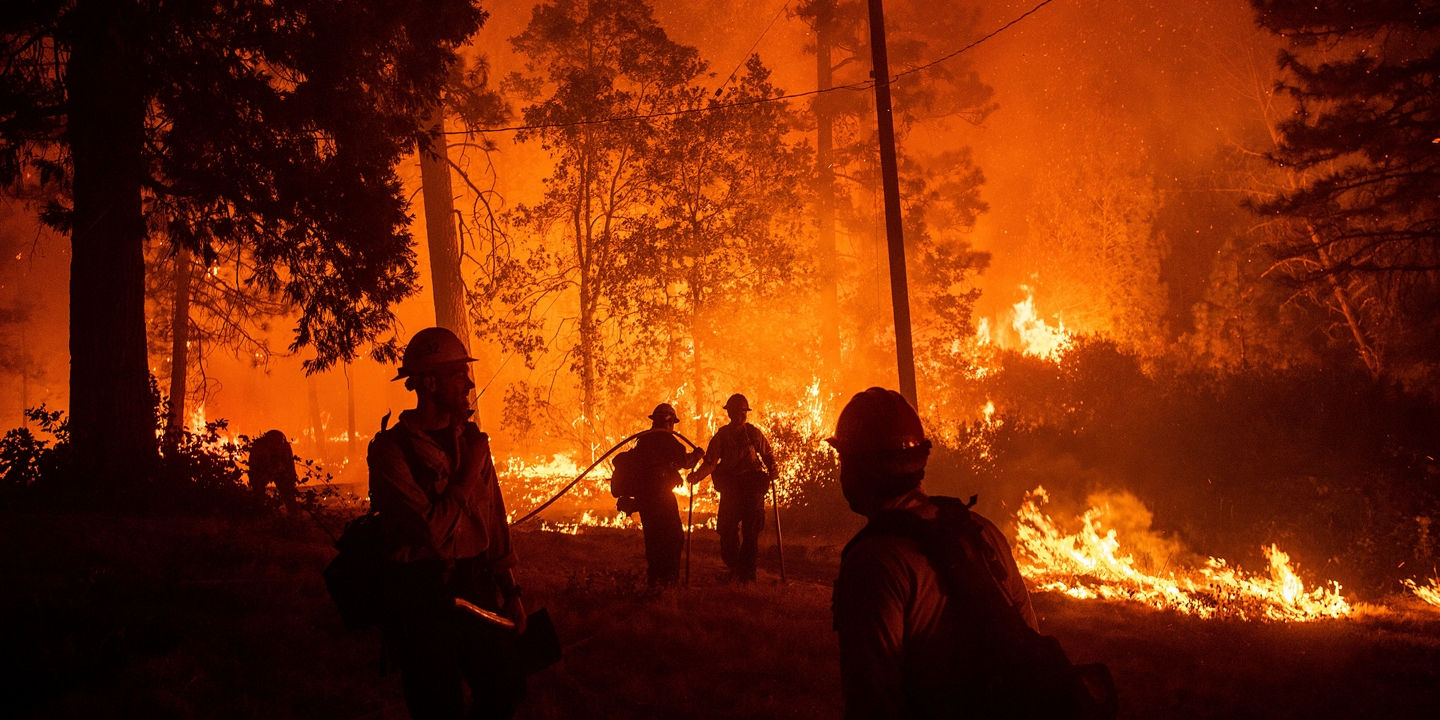

Prepare for, respond to and recover from natural and man-made crises
Action, not just hope
Since 2000, we've seen an increase in the frequency and severity of natural and man-made crises around the world, impacting more and more people and wreaking havoc on infrastructure, economies and the environment.
Historically, the approach by many governments, corporations and communities has been to hope it never happens to them and then scrambling together a response when it does.
However, the evidence is that the severity of the impact and fallout of these events is directly proportional to the level of preparedness.
Prepare, Respond, Recover
There are three parts to effective crisis management: preparation, response, recovery.
'Collective intelligence' campaigns can be designed to engage all crisis stakeholders (the various levels of government, NGOs, businesses and communities) and coordinate a collaborative approach to preparing for, responding to and recovering from each type of crisis as part of a holistic crisis management plan (CMP), and continuously improving the CMP as more knowledge and experience comes to hand.
Key components of a Crisis Management Plan
-
An effective crisis policy and governance framework in place
- The various risks identified and action plans developed for preparing, responding, recovering
-
Public information and communications policy and plan in place
-
An effective, ongoing public resilience awareness program in place
-
Adequately resourced ongoing mitigation programs (where applicable)
-
Local, district, state, national and global (where applicable) crisis management and response plans in place
-
Local, district, state, national and global (where applicable) crisis recovery plans in place
If you would like to discuss any aspect of your crisis management program, please contact us below.
